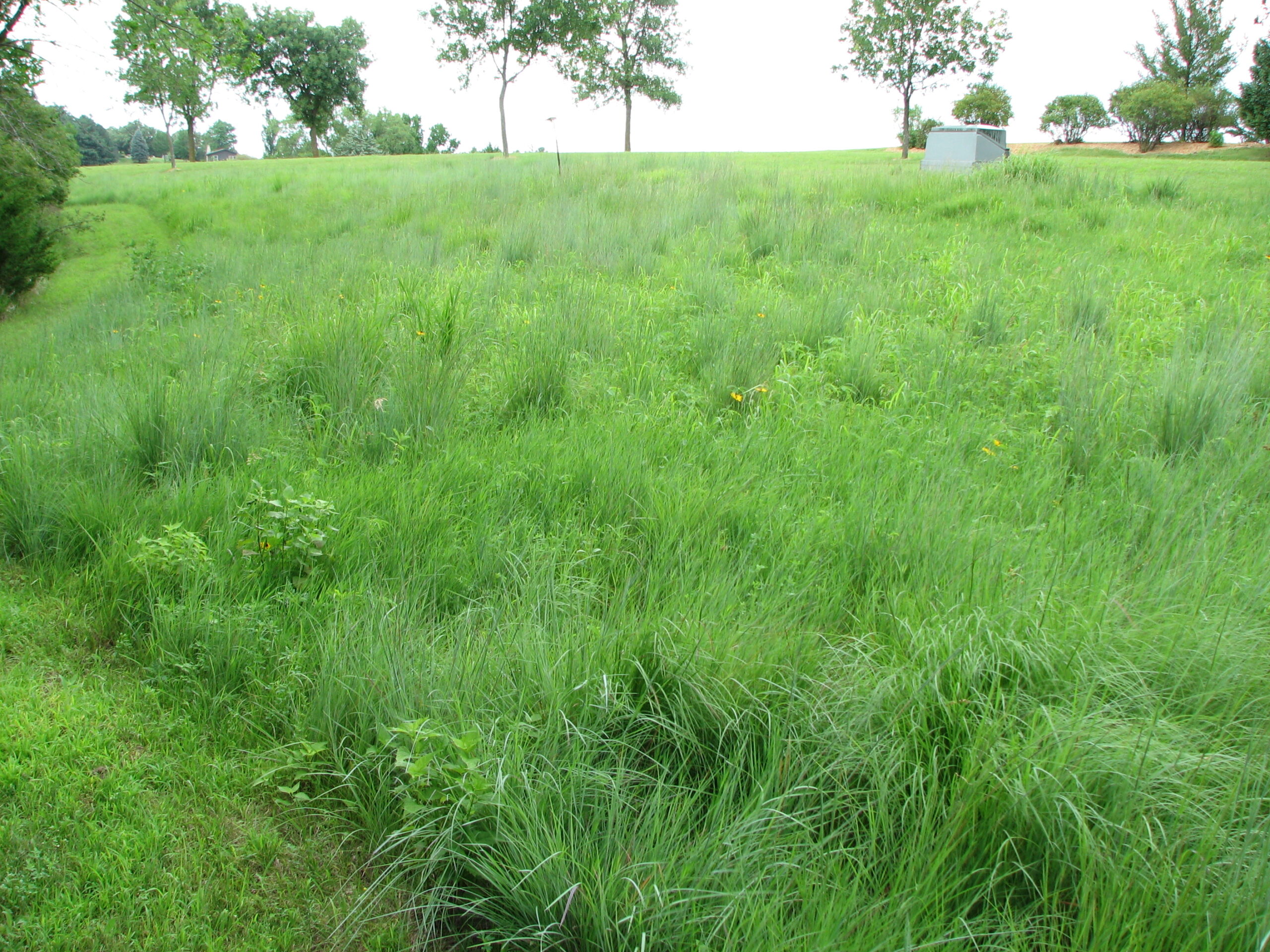Roundstone sent me this on planting by hand:
Seeding small areas (up to 1 acre) by hand
Most customers wanting to sow small areas do not have tractors, drills, broadcasters, or other equipment typically used for larger plantings. In many cases they will be sowed by hand, either by spreading it by hand or in a handheld broadcast spreader. In order to distribute the seed evenly over the area, the following instructions will assist the gardener in the planting of their mix.
Due to the small fluffy seeds of many native grasses/wildflowers and the low volume of seeds used in small areas, a carrier material will need to be used to spread the seeds. Some types of carriers are pelletized lime, vermiculite, and cat litter. Mix the seed with the carrier in a 1:1 ratio based on volume. This will provide a more substantial product to spread. Also, mix flour with seed/carrier until the mix is white. This will allow you to see where the seed has already been sowed. You want to spread the mix evenly and not run out before the entire site is seeded. If hand spreading, go over the area lightly the first pass to make sure that you have seed on the entire area. If you reach the end of the site and still have seed left, then go over the entire area again or concentrate on the areas that are not white. This should allow you to get an even stand. If using a hand broadcaster, prepare the mix in the same manner and spread. Again, it is advisable to go over the area lightly the first time to make sure there is enough seed. Slightly overlap the edges of the areas sowed on each pass. If at the end there is seed left, adjust the opening of the broadcaster to try to make a complete pass over the area again. If possible, walk the areas where the edges overlapped. This should provide a very evenly sowed site.
Cold stratification
A number of native wildflowers and grasses can benefit from the cold stratification. Examples of these are the milkweeds and eastern gamma grass. This process imitates the natural process of the seeds going through the winter, where they experience damp and cold conditions which breaks down hard seed coating. There are several different methods of cold stratification, but for the average gardener the simplest method is the paper towel method. The seeds are soaked in water for 1-2 hours. The water is then drained and the seeds are spread out on a paper towel. A second, dry paper towel can be wrapped around the 1 st paper towel to keep the seeds from becoming too wet. The paper towels are then placed in a ziplac bag, sealed, and marked with the date and seed type. The bag is then placed in a refrigerator for 4-6 weeks. Watch for mold and sprouting. If sprouting occurs remove those seeds and plant or place in a pot. With mold, remove the seeds, clean if possible, and replace the paper towels and continue the process.

